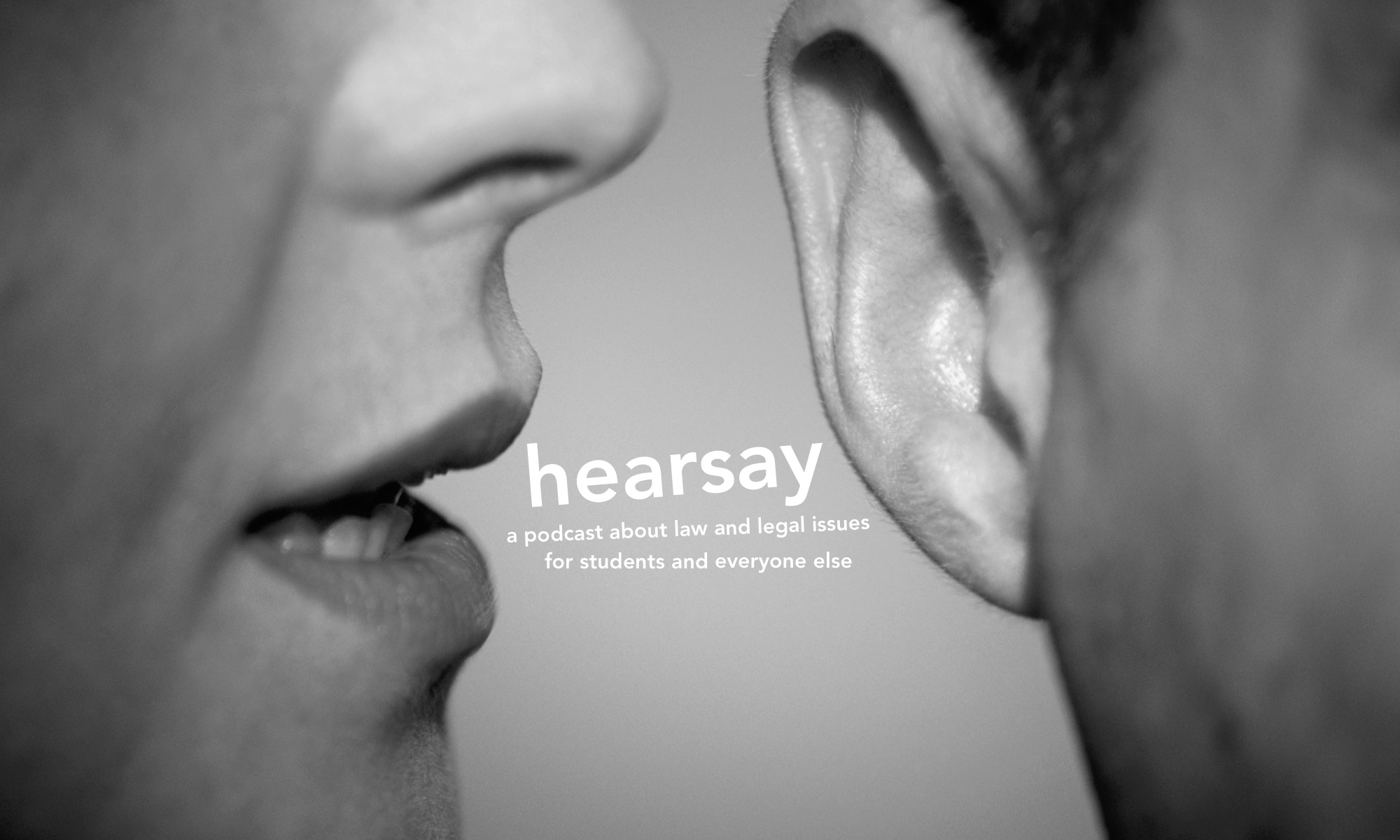For many years, the High Court has had rules about formatting documents in Rule 1.08.01, including requirements that documents are printed single-sided A4 paper, with 2.5cm margins. The High Court Registry is notoriously strict in applying these rules.
Commencing on 1 July 2016, the High Court introduced new rules for special leave applications — including a tight limit on the length of the documents filed. Under the new Rule 41.01.3, “An application: (a) must not exceed 12 pages; and (b) must be typed in at least 12 point (Times New Roman or equivalent font size) with line spacing of 1.5 lines.”
Matthew Butterick is the author of Typography for Lawyers, a book explaining the principles of presenting attractive and legible text in legal contexts. He explains why these court rules exist: “Consistency of typography in court filings helps ensure fairness to the parties. For instance, in jurisdictions that use page limits, if lawyer A sets his briefs at 12 point and lawyer B sets hers at 10 point, then lawyer B will get more words per page. Court rules about typography prevent abuse of these limits.”
However, he notes that “courts often require text to be set at 12 point—and sometimes larger”, but that this does not guarantee uniformity because “the point-size system is not absolute—different fonts set at the same point size won’t necessarily appear the same on the page”.
Perhaps Australian lawyers have been reading Broderick’s work. Richard Ackland reports that “some briefs have discovered a font that looks like 12 point, but in reality is closer to 10, which allows more words and argumentation to be crammed into the 12 pages at the required line spacing of 1.5. This is why innovative thinkers at the bar are paid big bucks.”
This tension between lawyers and judges over the length of documents has a long history. In 1596, the UK Court of Chancery complained about a solicitor who filed documents “amount[ing] to six score sheets of paper [ie, 120 pages], and yet all the matter thereof which is pertinent might have been well contrived in sixteen sheets of paper”. As a punishment, they ordered that a hole be cut in the bundle of papers so that it could be worn around the lawyer’s neck while he was paraded “bare headed and bare faced, round about Westminster Hall, whilst the Courts are sitting, and [shown] at the bar of every of the three Courts within the Hall” — in addition to paying a fine and the defendant’s costs.
We are yet to see how the High Court will respond to counsel who adopt creative interpretations of Rule 41.01.3.
